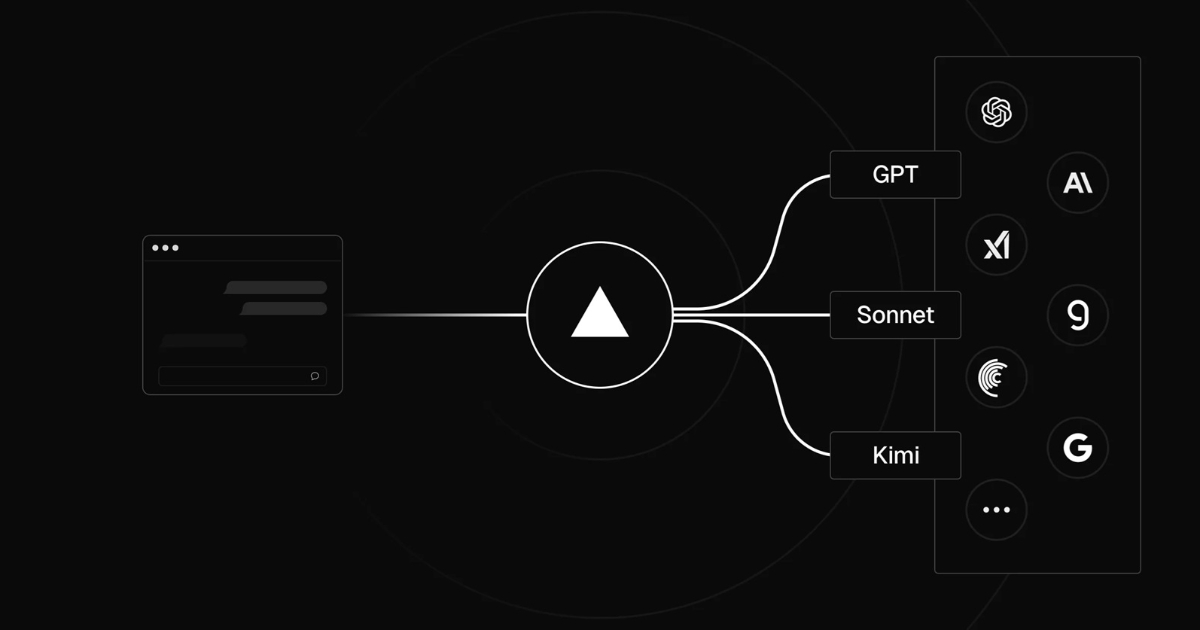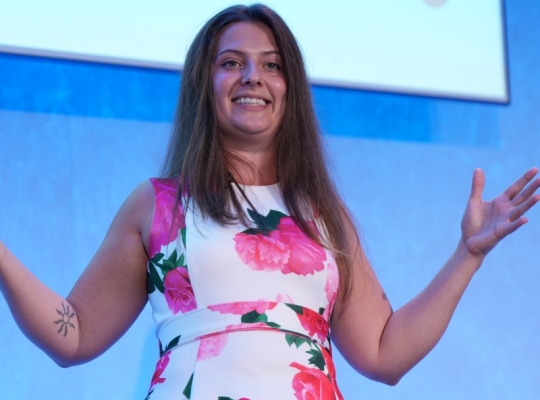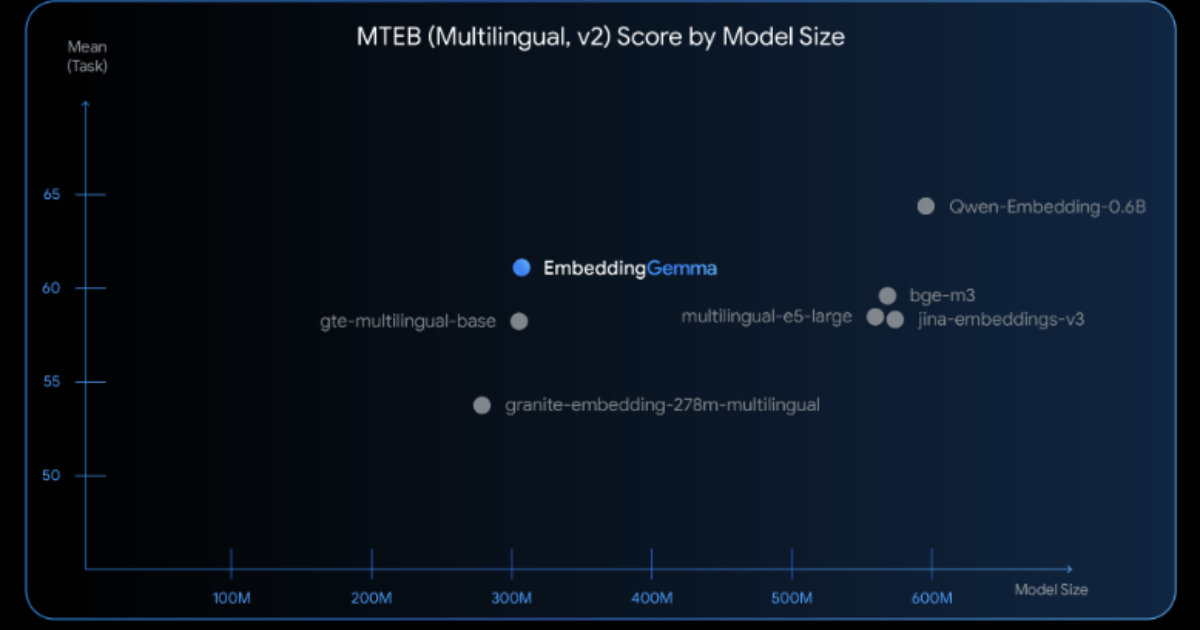Codetown
Codetown ::: a software developer's community
OrlandoJUG 11/14 :: Intro to Spring Batch
Join us for an informative meeting on Spring Batch.
In this presentation we will take a high level look at the Spring Batch project. This presentation is ideal for anybody who would like to get an introduction to the framework, its use cases and what it provides you as the developer to build robust batch jobs with minimal effort.
Chris Schaefer is a Principal Software Engineer working at Pivotal (the company behind the Spring Framework) on the Spring Batch team. He has been working in the systems and software industry for over 15 years. Chris currently resides in Venice, FL with his wife and cat.
Details here: OrlandoJUG :: Intro to Spring Batch
Tags:
Replies to This Discussion
-
Permalink Reply by Michael Levin on November 14, 2013 at 11:15am
-
Hi folks: This is a reminder that Chris's Spring Batch presentation is at tonight's OrlandoJUG! Please RSVP to help decide how much pizza to order.
Hope to see you there - invite a friend if you like!
Best,
Mike
-
Notes
Welcome to Codetown!
 Codetown is a social network. It's got blogs, forums, groups, personal pages and more! You might think of Codetown as a funky camper van with lots of compartments for your stuff and a great multimedia system, too! Best of all, Codetown has room for all of your friends.
Codetown is a social network. It's got blogs, forums, groups, personal pages and more! You might think of Codetown as a funky camper van with lots of compartments for your stuff and a great multimedia system, too! Best of all, Codetown has room for all of your friends.
Created by Michael Levin Dec 18, 2008 at 6:56pm. Last updated by Michael Levin May 4, 2018.
Looking for Jobs or Staff?
Check out the Codetown Jobs group.
InfoQ Reading List
Vercel Introduces AI Gateway for Multi-Model Integration

Vercel has rolled out the AI Gateway for production workloads. The service provides a single API endpoint for accessing a wide range of large language and generative models, aiming to simplify integration and management for developers.
By Daniel DominguezPresentation: Secure by Design: Building Security into Engineering Workflows and Teams

Stefania Chaplin explains how to integrate security into engineering workflows and teams using a "Secure by Design" approach. Drawing on her extensive experience, she shares practical strategies for a security-first culture by focusing on people, processes, and technology, including the use of security champions and automation to improve resilience and reduce costs.
By Stefania ChaplinPodcast: Why Software Development Sucks And 7 Mental Models To Help Fix It

Shane Hastie, Lead Editor for Culture & Methods, spoke to Thanos Diacakis about how teams often struggle with software delivery. He proposes a shift in mental models and a four-step framework to systematically improve software development by focusing on bottlenecks, balancing different types of work beyond just feature delivery, and investing 20-30% of effort in improving how the team works.
By Thanos DiacakisNext.js 15.5 Ships - Turbopack Production Builds, Node.js Middleware, and Tighter Typescript DX

Next.js 15.5 has landed, delivering faster builds and powerful server-side middleware. Key highlights include the Turbopack bundler, which boosts compilation speed by 2x to 5x, and Node.js middleware enhancements. TypeScript improvements enhance developer experience with stable typed routes and early error detection.
By Daniel CurtisGoogle DeepMind Launches EmbeddingGemma, an Open Model for On-Device Embeddings

Google DeepMind has introduced EmbeddingGemma, a 308M parameter open embedding model designed to run efficiently on-device. The model aims to make applications like retrieval-augmented generation (RAG), semantic search, and text classification accessible without the need for a server or internet connection.
By Robert Krzaczyński
© 2025 Created by Michael Levin.
Powered by
![]()